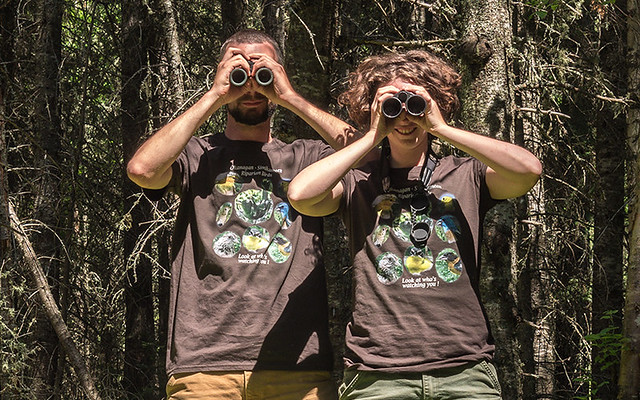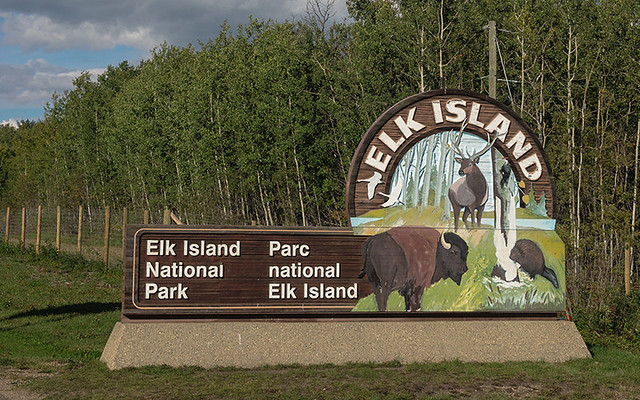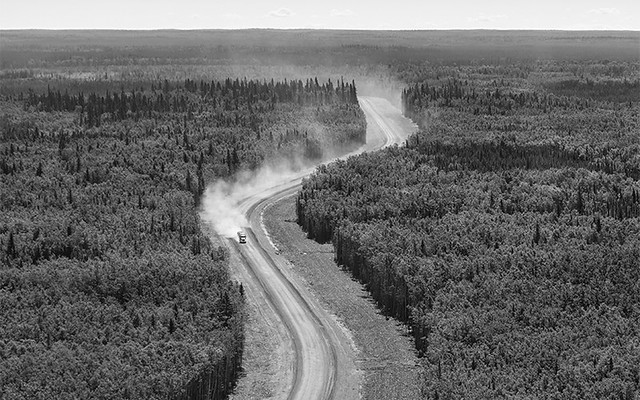Cards
(QUICK LINKS: Decks | plants | mammals | birds | | reptiles | fish | cephalopoda | insects | microbe | events
( scientist | project | modifier | technique |)

Biologists
Event Card
Play: Protection: halts the effects of a development or destruction event.
Fact: Biologists protect species by studying their ecology, managing their populations, and helping to uphold environmental legislation.

Protected Area
Event Card
Play: Protection: halts the effects of a development or destruction event.
Fact: Protected areas conserve ecologically important habitats and processes, and maintain healthy populations of native species.

Legislation
Event Card
Play: Protection: halts the effects of a development or destruction event.
Fact: Effective species at risk, environment assessment, and protected area legislation is critical for conserving biodiversity.

Climate Change
Event Card
Play: Complex and hard to predict (for this game though, see the rules)
Fact: Climate change is expected to dry up the boreal forest, causing more wildfire, disease, and a shift or loss of plant and animal species.

Oil Spill
Event Card
Play: Destruction: removes species and can not be recolonized.
Fact: Oil kills much what it encounters. Plants struggle to grow back and sub-lethal toxic effects can affect wildlife for decades.

Road
Event Card
Play; Destruction: removes species, and can not be recolonized
Fact: Roads remove habitat, create barriers for wildlife, increase noise, and contribute to pollution. Direct mortality (roadkill) is a problem too.